Achilles tendon repair is a surgical procedure performed to treat a ruptured or severely damaged Achilles tendon. The Achilles tendon is the largest tendon in the body and connects the calf muscles to the heel bone. Surgery is usually recommended for individuals who have experienced a complete tear or significant damage to the tendon. Here’s some information about Achilles tendon repair:
Procedure:
The specific surgical technique for Achilles tendon repair may vary depending on the surgeon’s preference and the nature of the injury. However, the general steps involved in the procedure include:
1. Anesthesia:
The surgery is typically performed under regional anesthesia, such as a nerve block, or general anesthesia, which ensures that the patient is pain-free and sedated during the procedure.
2. Incision:
The surgeon makes an incision in the back of the lower leg near the heel to access the damaged Achilles tendon.
3. Tendon Realignment:
The surgeon carefully identifies the ends of the torn or damaged Achilles tendon and brings them back together. The tendon ends may be trimmed or cleaned if necessary.
4. Tendon Repair:
Various techniques can be used to repair the Achilles tendon. The surgeon may use sutures or strong stitches to sew the tendon ends together. In some cases, additional reinforcement may be needed, such as using sutures to anchor the tendon to nearby tissues or using specialized devices or implants.
5. Closure:
After the tendon is repaired, the surgeon closes the incision with sutures or staples and applies sterile dressings.
Recovery and Rehabilitation:
Following Achilles tendon repair, the recovery and rehabilitation process is crucial for restoring strength and function to the tendon. The specific rehabilitation protocol may vary depending on the surgeon’s recommendations and the patient’s progress, but it generally involves:
1. Immobilization:
After surgery, the leg is typically immobilized in a cast, splint, or walking boot to protect the repaired tendon and allow it to heal properly. The type of immobilization and duration may vary based on the surgeon’s preference.
2. Weight-bearing and Range of Motion:
Gradually, weight-bearing may be allowed, initially with the assistance of crutches or a walker. The patient may start gentle range-of-motion exercises as guided by the healthcare professional
3. Physical Therapy:
Once the initial healing phase is complete, physical therapy is initiated to strengthen the calf muscles, improve flexibility, and restore normal gait. This may involve a combination of stretching exercises, strengthening exercises, balance training, and functional activities.
4. Return to Activities:
The timeline for returning to normal activities and sports varies from person to person. It is important to follow the guidance of the healthcare professional and gradually increase activity levels to prevent re-injury.
It’s important to note that Achilles tendon repair is a complex procedure, and the specific details may vary based on individual factors and the surgeon’s approach. It’s recommended to consult with an orthopedic specialist or a foot and ankle surgeon for a comprehensive evaluation of your condition and personalized treatment plan. They can provide you with detailed information about the procedure, expected outcomes, and the specific rehabilitation process tailored to your needs. At Alabama Bone and Joint Clinic our specialists are able to guide you through your treatment options. Call today to schedule an appointment with one of our experts in orthopedic care.

Alabama Bone and Joint office in Pelham is very nice. Friendly workers and they all had smiles on their faces. Dr. Johnson is the best. He is very thorough and shows and explains X-rays that we’re taken. He has cared for two other teacher friends of mine and we all think the world of Dr. Johnson. If you are having any problems with your bones or joints, go see Dr. Johnson. He is great.
We, highly recommend
Dr. LLOYD JOHNSON and his staff. He is very knowledgeable and caring to his patient Great physician !!
The doctors are kind, caring and professional. I've seen 3 of the doctors over the years and they took the time to listen to me. The nurses and P.As are friendly and considerate. If you need an orthopedic doctor, these are the ones you most definitely need.

